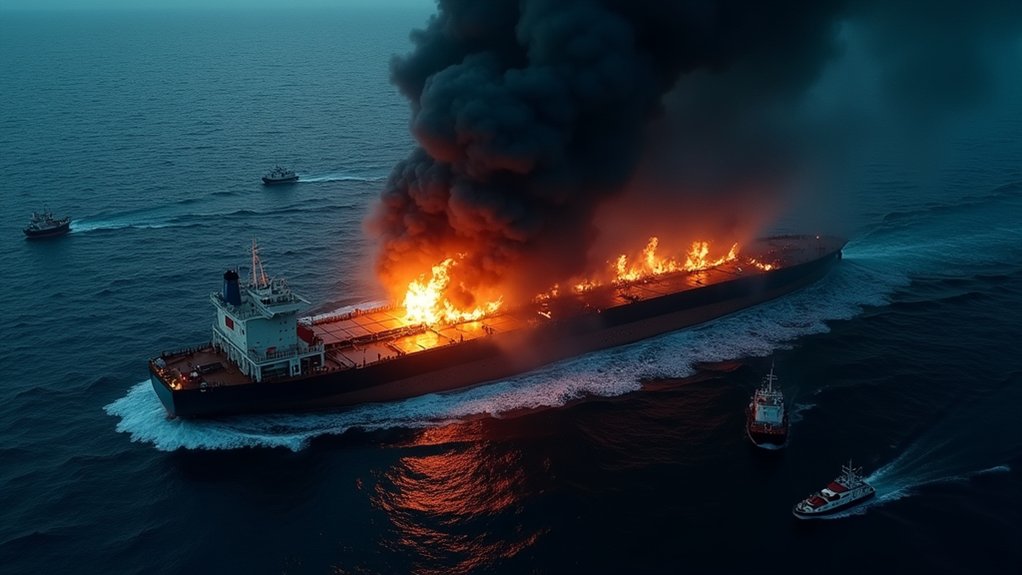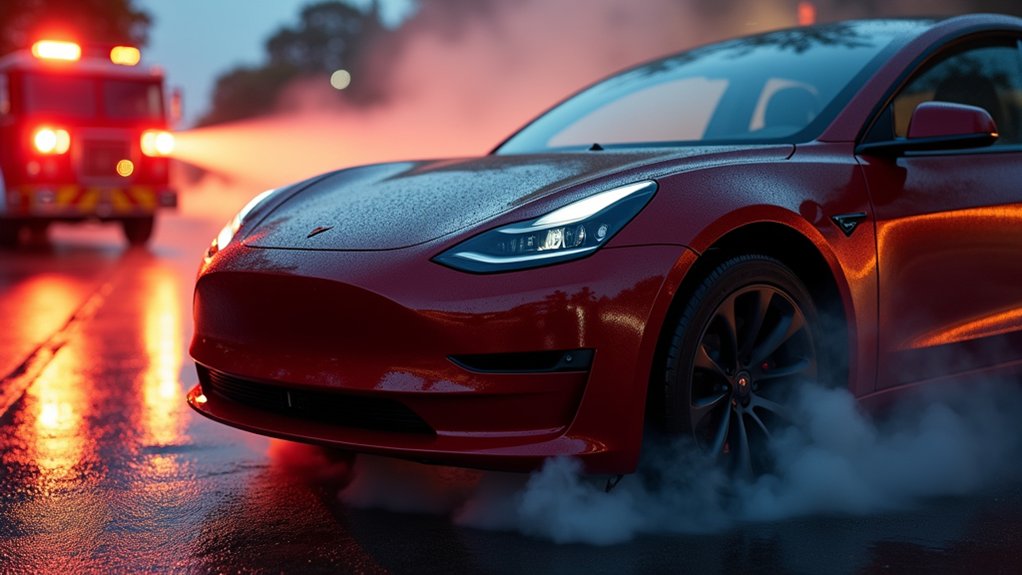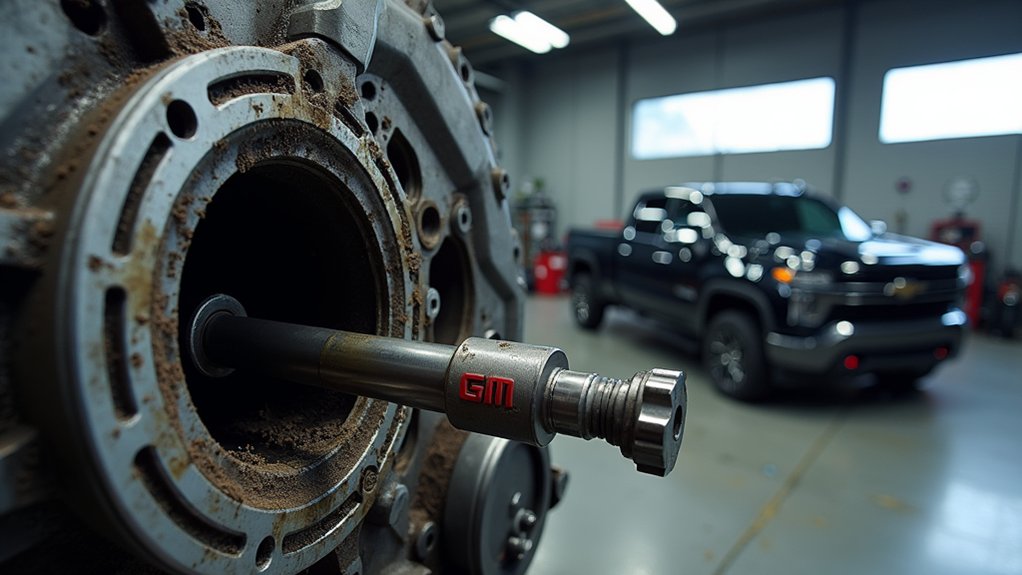A massive fire broke out on the vehicle deck of an international cargo vessel carrying approximately 3,000 vehicles on June 3, 2025, forcing the crew to abandon ship before it eventually sank. Despite initial media speculation implicating electric vehicles, only 70 of the more than 3,500 vehicles aboard were fully electric, with the vast majority being conventional internal combustion engine models.
Crew members attempted to control the blaze using onboard CO₂ suppression systems, but the fire spread rapidly throughout the vessel’s confined decks. The incident bears striking similarities to the 2022 Felicity Ace disaster, which also carried thousands of vehicles before burning for two weeks and ultimately sinking.
Maritime safety experts point to several factors that complicate firefighting efforts on modern ro-ro carriers. The density of vehicles, limited access corridors, and inadequate suppression systems create perfect conditions for catastrophic fires. Traditional CO₂ systems prove ineffective against lithium-ion battery fires, which require specialized suppression methods not currently standard on most cargo vessels. This ineffectiveness is similar to the situation with the Morning Midas incident, which highlighted significant challenges in extinguishing EV-related fires. First responders face particularly difficult challenges as they often lack specific training resources for handling maritime EV fires effectively. The integration of smart charging technologies could potentially improve safety protocols for EVs during transport by enabling remote monitoring of battery conditions.
This incident adds to concerning statistics showing a 20% year-over-year increase in maritime fire incidents, with 250 recorded in 2024 alone. Container ships, cargo vessels, and ro-ro carriers accounted for 30% of these fires. The maritime industry has responded by implementing state-of-charge restrictions for EVs during transport and retrofitting vessels with enhanced detection systems.
Environmental consequences remain significant, as sunken vehicles—regardless of propulsion type—introduce potential contaminants into marine ecosystems. Batteries, lubricants, and fuel create long-term pollution risks.
I’ve observed that while EV risks receive disproportionate media attention, conventional vehicles pose equally significant hazards during maritime transport. The shipping industry faces mounting pressure to update firefighting standards as vessel designs prioritize cargo capacity over safety margins.
The 2025 incident underscores a critical reality: current maritime safety protocols haven’t kept pace with evolving cargo compositions. Without standardized international protocols for fire suppression and emergency response, similar incidents will likely continue.









